Becoming a successful freelancer doesn’t happen overnight. It takes time, a whole lot of patience, and the ability to persevere despite rejection. For graphic designers, it also requires a stellar design portfolio, a knack for maintaining client relationships, and flexibility about the kind of work you’re willing and able to create.
Here, we’ll get into the three stages of creating a sustainable, scalable freelance graphic design business: creating your brand and portfolio; maintaining your business by establishing regular clients and solidifying your online presence; and scaling your business through experimentation and “reach” clients. But first, we’ll consider the different paths you can take before arriving at the threshold of your freelance career.
Gaining Experience
Before you set out to build a design business, it’s important to have a solid foundation in graphic design. After all, clients want to hire someone who knows what they’re doing—and even if you want to break all the rules, first you’ve got to learn them. Here are some ways that people gain experience in graphic design before embarking on their solo career paths.
Formal design school
Many graphic designers experience some sort of formal schooling, whether they attend typical four-year universities, opt for online courses, or engage in shorter degree programs. Others choose continuing education classes that don’t necessarily result in degrees but offer increased experience or specific skills.
While it’s true that degrees from prestigious art schools can give you clout and connections that could come in handy down the line, formal training is just one piece of the puzzle that can help you build a freelance design career.
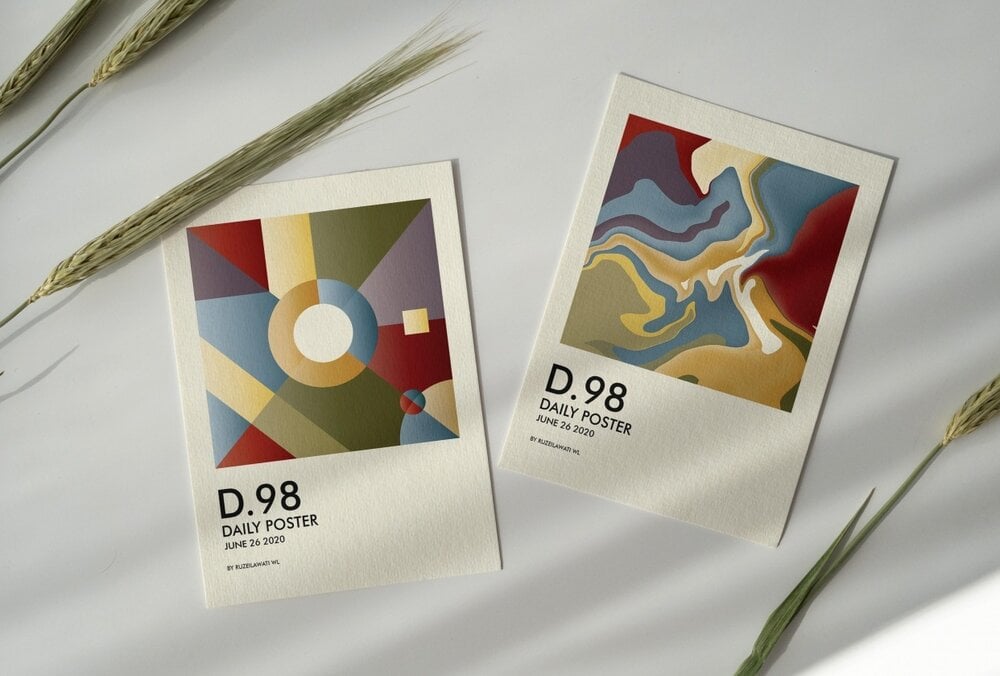
Self-teaching
There’s no shortage of valuable online graphic design courses. Popular design programs, such as Adobe Illustrator and Photoshop, are fairly straightforward, and they’re fun to explore.
Though buying a whole package of design software can be a bit of an investment, an affordable way to experiment with graphic design is starting with one program before you invest in a larger design package or a career. Courses that encourage students to share a project—a self-produced family crest, for example, or a reimagined book cover—are a great way to learn a program and gain experience, especially as a beginner.
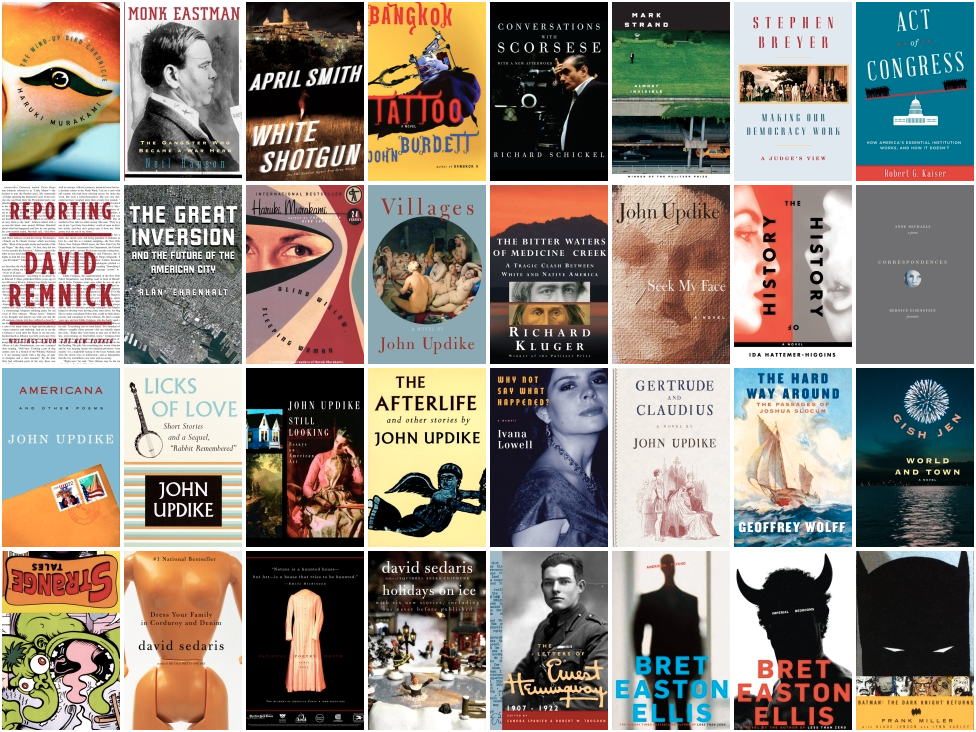
Working at a company
Maybe you’re not new to graphic design at all, and the reason you haven’t freelanced before is that you’ve been working as a full-time designer at a company. If you’ve worked as a graphic designer at an agency, brand, or publication, you’ll have an edge when you start your freelance career. You know the professional lingo, you’ve probably got a pretty robust portfolio, and you already have experience working with clients.
Still, you may find yourself in a tight spot if you try to pilfer clients from your old agency, and your portfolio could only consist of work you’ve created with others. But those are small hurdles: You’ll need to specify which campaigns you tackled while you were at a company or on a team. (It’s inappropriate to take full credit for designs you worked on as a group.) And if you’ve formed independent relationships with contacts who specifically relied on your aesthetic, they might turn to you again after you go freelance.
Graphic Designer Salaries and Job Outlook
Before you hop on the freelance wagon, let’s consider the current job outlook for graphic designers. They’re in demand now more than ever, as it’s become almost essential for companies to have an online presence. Everyone needs a website and a digital-ad campaign today—just as everyone used to need business cards and print ads.
As you build your business, you’ll see the correlation between your portfolio and pay firsthand. The average freelance graphic designer salary falls within the same range as those who work for companies—the Bureau of Labor Statistics places median pay around $52,000 per year—but as with everything else about going freelance, there’s a great deal of flexibility.
Month-to-month take-home pay can for freelance graphic designers can fluctuate quite a bit. Sites that crowdsource salary information (such as PayScale and GlassDoor) place freelance graphic designers’ salaries between $27,000 and $140,000 per year. The reason for this fluctuation is that starting salaries for graphic designers hover around $40,000, but as they build their careers, designers can make six figures.
Starting Out
One of the most important things to remember when starting your freelance career is that you can’t rush success. Don’t try to meet your highest career goal—say, winning and designing a full Nike brand campaign—within the first few months. You’ll have to knock out a few milestones first.

Create Your Brand
Before you try to win any brand campaigns, think about your personal brand. What kind of a graphic designer are you? Do you specialize in bright, bold colors and splashy statements? Perhaps you’re more into delicate pastels and elegant script, both hallmarks of wedding invitations or lingerie brands. Do you prefer sparse designs, with few colors and geometric shapes, or would you rather fill a page with intricate patterns?
Anything you decide now isn’t set in stone. Your style should be fluid, changing with the times and adjusting to various design trends.
But getting a sense of what you enjoy designing will help you figure out the kinds of projects and clients you want to go after. Designers who gravitate toward delicate, romantic imagery might want to network with wedding photographers. Minimalist designers might look for brands that share their scant aesthetic. And artists who gravitate toward loud, colorful designs might look for bold, vibrant brands that match their energy.
To know who you are as a designer, you need to know yourself. Understand the kind of work you want to do and how you want to present yourself to potential clients, and you’ll be well on your way to building a business.
Build Your Portfolio
Depending on where you’re coming from—school, a corporate design job, or online classes—you may have more or less material to put in your portfolio. If you don’t have very much polished work, it’s time to start making some.
When coming up with portfolio projects from scratch, remember that you’re not simply designing for fun. (Although that doesn’t mean that your work can’t be fun.) Create visual designs with a purpose. Design a mock ad or a fake masthead. If you have friends with their small businesses, ask about designing their professional websites or helping with a rebrand. Go after projects that allow you to show off your versatility. Present potential clients with a wide range of material, and they’ll know they can hire you to do more than just one thing for their brand.

This advice holds even if you already have an impressive body of work to share. Make sure your portfolio represents the breadth of your capabilities.
You’ll also want to keep your samples as current as possible—preferably designs created within the past year or two—and stick with a cohesive theme. Remember that personal brand you just established? Before publishing your portfolio or presenting it to a potential client, ask yourself if each piece fits with your brand and your goals. If there’s an obvious outlier, nix it. And if you have other related skills, such as copywriting, show them off, too! If you tell clients what you can do for them, you’ll give yourself an edge over designers who just showcase images.
Even if your work is solely focused on creating visuals, consider including a written mission statement or bio in your portfolio. Tell a brief story about who you are, and elaborate on your brand. “Equally important to showing your work is making sure that people who find your portfolio feel like they can get to know you personally, too,” says Behance’s Sarah Rapp, who teaches the course Skillshare Original Get Discovered With a Knockout Portfolio. “If your goal is to get hired, this is really important. People want to work with people that they like.” Show off your personality, and remind potential clients that you’re not just a brand—you’re a person who’s pleasant to work with.

Assemble a Top-Notch Portfolio
Join Sarah Rapp, head of community management at Behance, as she guides designers through the process of building a portfolio.
Reach Out to Potential Clients
Again, depending on where you are in your graphic design career, you may already have relationships with potential clients or even a roster of companies who come to you for design work. If you already have some contacts who regularly look for graphic design work and fit your style, shoot them an email. If they don’t already know you, tell them you’ve switched to freelancing, and ask them if they’re looking for help on any upcoming projects.
Always be polite, and don’t ever beg. If a contact doesn’t respond to your email right away, don’t keep pinging them until they feel harassed. Always give at least a week before reaching out a second time, and then gently follow up to see if they received your last message. If you still can’t get an answer, let it go and move onto other prospects.
Don’t be afraid to reach out to agencies and brands that are producing work that aligns with your style. Potential clients will be more likely to respond to a cold email if they see that you’re not just reaching out to anyone: Do your research, find companies that seem like a fit for a specific reason, and reach out accordingly.
Maintaining Your Freelance Career
Once you’ve got your freelance design business off the ground, it can feel like the hard part is over: You’ve gained a few base clients, and you have a basic portfolio. But it’s important to keep that momentum going. To sustain yourself, you’ll need ongoing client work, a polished online presence, and the financial know-how to keep your business humming along.
Establishing Regular Clients
One of the most essential ways to sustain a long-term freelance career is to establish a solid base of clients with ongoing work. The more your clients return to you for new projects, the less time you’ll have to spend on marketing and business development, and the more time you can focus on producing a great design product.
“I firmly believe that it’s not just the work that brings in more work: It’s the personality and the relationship with a client,” says Margot Harrington, whose Skillshare Original Freelancing for Creatives: From First Leap to Finances is a must-watch for any aspiring freelancer. She recommends that creatives prioritize customer service just as much as they do great design. “If [the client] leaves happy with you and the project, they are going to speak so much more praise for you. It’s going to mean more to [potential new clients] coming from their mouths as opposed to your mouth.”
Do you already have a few reliable clients on your roster who provide you with steady gigs? If so, you may already be prepared to start scaling your business with higher-level gigs.
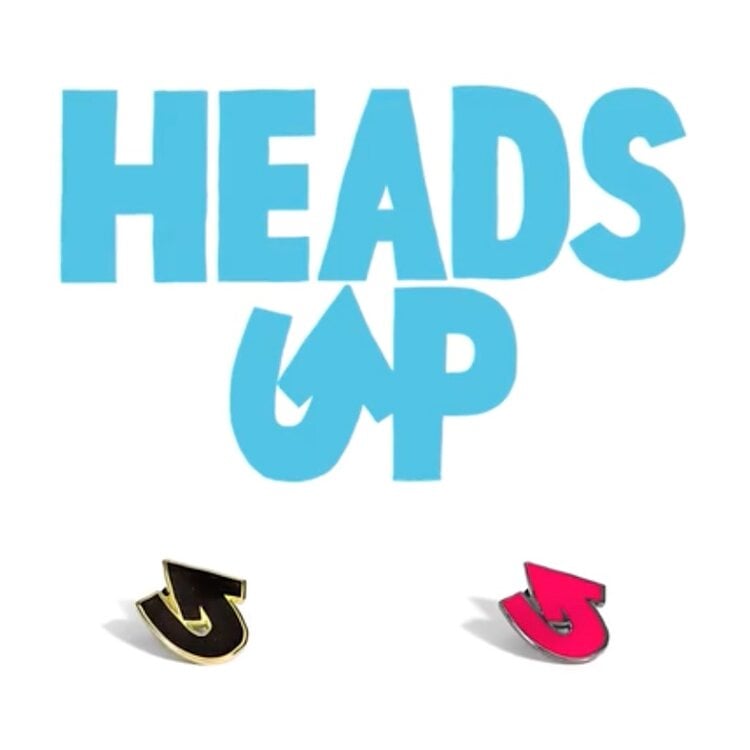
Grow Your Client Relationships
In designer Will Bryant’s Skillshare Original, he shares actionable tips you can apply to your professional interactions immediately.
Solidifying Your Online Presence
Social media can be a great place to make new business connections. But if you reach out to companies who have never heard of you, an online presence won’t do you much good if your accounts mostly feature pictures of you, your dog, and your friends. As a freelancer, you’ll do yourself a favor if your relevant social accounts point to your professional work. (You may even want to create a separate, professional Instagram account for this purpose. Then, you won’t have to worry about whether every selfie sends the right message.)
Outside of your social media accounts, remember to continue to add to your portfolio as you create more designs. Your portfolio shouldn’t be static: It should live and grow with your body of work.
Meanwhile, think about showcasing your work in more places. If you don’t already have art-specific social media accounts on platforms like Behance or Dribbble, create at least one. These apps all have messaging functions, and you never know where you’ll make your next professional connection. And don’t forget LinkedIn. It may not be targeted toward graphic designers, but there are plenty of brands and executives with hiring power who are active on the network. Sharing your work and keeping an updated profile could pay off in spades.
Understanding Freelance Finances
As a self-employed person, you’ll need to approach your personal and professional finances methodically. Many financial professionals will recommend that you start by setting up a separate bank account—or multiple accounts—for your business. “Just simply having separate accounts really drastically reduces your likelihood of spending money on things that you shouldn’t,” says Harrington, who recommends The Money Book for Freelancers as required reading for self-employed creatives. The practice also helps to ensure that you’re organizing your income and expenses in a way that makes sense come tax time. “The goal is 30 percent [of your income] into a separate account that’s simply for tax purposes.”
Additionally, you’ll want to consider funding a retirement account, investing funds back into your business, and setting up an emergency fund—especially since your freelance income will likely fluctuate from month to month. “Don’t feel bad if you struggle with this. Pretty much everyone does, whether or not they choose to admit it,” says Harrington. The earlier you can educate yourself on the financial realities of freelancing, the more confident you’ll be when you set out on your own.

A Practical Guide to Freelancing
Lear how to oversee your finances, manage your time, and maintain client relationships in this Skillshare Original.
Scaling Your Freelance Design Career
Congratulations! You’re now a freelance graphic designer. You have regular clients, you’ve leveled up to higher-paying, higher-profile jobs, and your social presence reflects your brand. Now it’s time to finally reach for your dream clients and continue experimenting with your work.
Pitching your Dream Clients
You don’t want to prematurely reach out to a high-profile dream client, but it’s important to have goals: Knowing where you want to go will allow you to build the portfolio and the references that will help you get there.
“Few people hiring for something they’re not seeing in your work. That’s winning the lottery—might never happen in your career,” says Andy J. Pizza, a designer/podcaster who helps creatives find their big breaks in the Skillshare Original Make Creativity Your Career: Six Exercises to Create a Successful Side Project. “What almost always happens is [that] you get hired to do something that you’ve already proved that you could do. So the more clearly you can show that you can do exactly what this person is looking for, the more likely you’re going to be hired for that thing.”
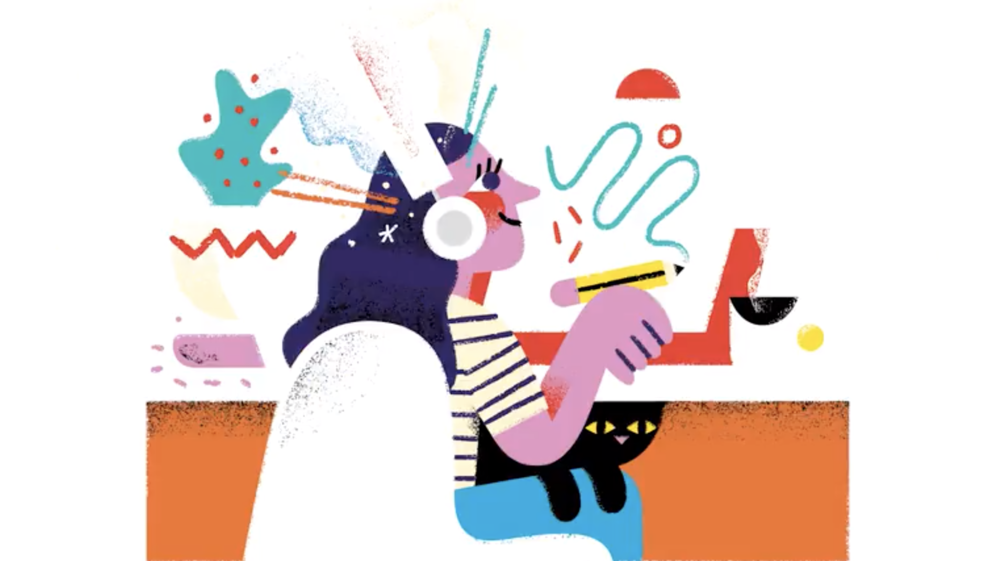
Once you’ve worked as a designer for several years—especially if you’ve done so with a dream client in mind—you’ll eventually reach a point when your portfolio is strong and focused enough to give you a shot at catching the big fish. Approach these pitches the same way you would any other potential client. You’ve had plenty of practice pitching new business and delivering quality work. As your business continues to grow, keep setting new goals and identifying new dream clients. Your criteria for the ultimate gig will change throughout the years—and that’s a good thing.
Experimenting with Your Brand
After freelancing for a while, you no longer need to try so hard to prove who you are to the world. You’ve already done it by continually creating work that’s in line with your style. But you can always push yourself to be better. If you’ve always struggled with typography and script, try enrolling in a hand-lettering class. If you’re finding yourself missing out on web design or animation jobs, try dabbling in those fields—or look for something else to distinguish yourself.
Have fun, be bold, and try new programs and techniques. Your client list won’t keep growing if you don’t.
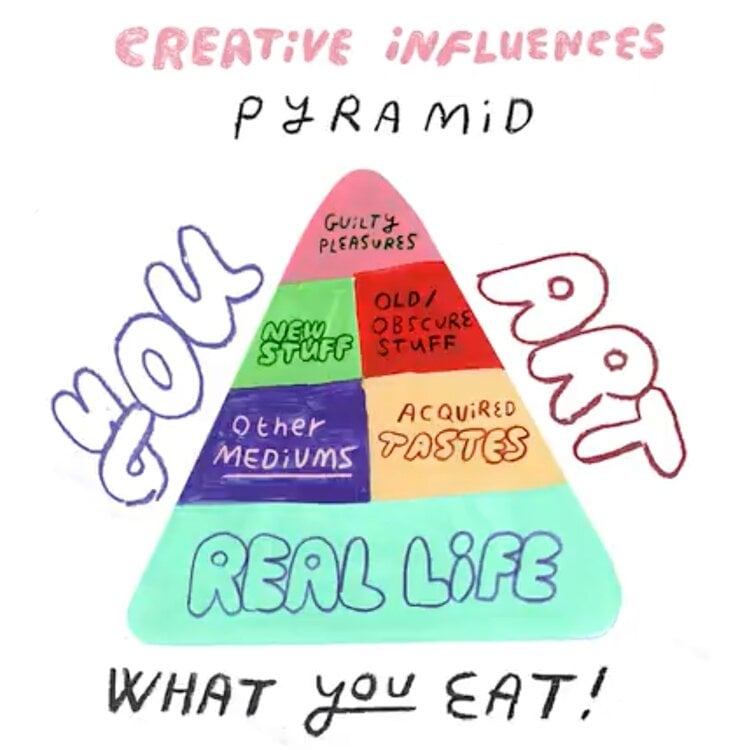
Reverse-Engineer Your Big Break
You can strategize your way into the career of your dreams—and designer/illustrator/podcaster Andy J. Pizza shares how to do it.
Start Your Freelance Design Career Today
Whether you’re just starting with online design classes, breaking out of a nine-to-five gig into full-time freelance, or hoping to raise your take-home pay with bigger clients, now is the time to level up your design career. Once you’ve gotten some experience and built a solid portfolio, research the clients you’d like to engage, and be deliberate in the way you present yourself to them. Curate your online presence, seek ongoing contracts, and craft the kind of portfolio you can feel confident presenting to your dream client. With persistence, positivity, and an enduring willingness to learn and grow, your freelance design career will continue to flourish.
Rates are a subjective thing, especially for a freelance graphic designer.
And there’s no “right way” or “right amount” to charge.
At the end of the day, every freelance graphic designer should figure out what works best for themselves and their business.
But with that said, it can still be a tricky topic even for experienced designers starting out on their freelance journey.
Read Also: Gifts for freelancers: 26 gift ideas the entrepreneur in your life will love
Which is why one of the most frequently asked questions I receive is: How much should freelance graphic designers charge?
The short answer is, freelance graphic designers may charge between $30-$200 per hour depending on their level of experience and area of expertise. Many designers will even opt for project based flat-rates that are based on their target hourly rate.
But where should you and your business fall on that scale?
Below I will shed some light on this rarely discussed topic.
I’ll even talk a bit about my own rates, how I determine what to charge and how those rates have evolved over time.
But before we begin…
What you should know about me
I’ve been freelancing since I was 18 years old.
But for the first decade of my adult life, I never saw freelance as anything more than a side-hustle. It was just something I did to earn a little extra spending money on the weekends.
But in 2017, I walked away from my salaried corporate job to pursue freelance full time.
Today, I earn 6-figures a year and work with nationally recognized clientele such as the Centers for Disease Control Foundation.
I also operate a Patreon account where I coach other freelancers on how to super-charge their freelance business.
Read Also: Can you make good money on Upwork? How I made $500,000 in 4 years
How I determine my own rates
My rates have evolved over the years.
When I was 18 years old and barely knew what I was doing (think cringe-worthy raster-based logos) it wasn’t at all unusual for me to charge $25 for a flyer or $15 for a business card.
I was cheap.
But truthfully, I should have been cheap, because I was also inexperienced.
As the years went on and my skills improved I was able to steadily charge more. The rates were largely based on my client’s budget and what they told me I should be charging.
By the time I quit my salaried job in 2017 at the age of 31, I was earning an average of $55-$75 per hour on part-time freelance contracts.
But I still didn’t know whether or not those rates were “too low”, “too high” or “just right.” I only knew that they were achievable.
But I knew that if I wanted to find real success as a freelancer, I’d need start treating freelance like a business.
And so, I started plugging away at the numbers.
The two equations I used to determine my rates
I’ve used two equations to determine my rate since becoming a full-time freelancer.
The first, is a sustainability/baseline equation.
After leaving the corporate world behind, I knew that my freelance work had to bring in at least as much income as I was making at my old job to be sustainable ($75,000 per year).
With that in mind I used the following formula to determine a baseline.
(My Salary) / Annual Desired Hours = Hourly RateAnd while that equation fails to take into account other crucial factors like days off or expenses, the rough math looked something like this:
$75,000 / 2080 = $36This tells me that I could safely charge $36-$75 an hour for my work since there was precedence from my former full-time employer and existing freelance clients at these rates and that these rates would sustain my current lifestyle.
Next, I took a deeper dive to determine a goal rate by defining the following variables:
- My desired net income
- My business expenses
- A rough tax estimate
- Vacation time and numbers of hours I want to work
I then used the following equation to establish that goal rate.
(Desired Net Income + Annual Expenses + Annual Taxes) / Annual Hours = Hourly RateFor reference, I usually like to take an average of four weeks off per year including holidays and clock at least six billable hours each day. That gives me 233 days or 1,398 hours to reach my goal.
For simple math, we will also use a 28% average tax-rate.
After we plugin those numbers, the math looks something like this:
($100,000 + $20,000 + $28,000) / 1398 = $106 per hourAnd so, I made $106 the rate I’d strive to reach.
Spoiler alert, I blew that goal rate out of the water in no time. Today I only accept new clients at $120 per hour.
Read Also: Freelance rate negotiation email sample: How to ask for a higher rate
Quick note – while not every freelancer prefers to charge hourly rates (many prefer fixed rate projects) it’s still a good idea to have a desired hourly rate or hourly goal in mind while setting those fixed prices.

An example freelance graphic design rate chart
Below, you will find two charts. Each chart features a few common sample project types and rate ranges, broken down into experience level (beginner, expert) from the following three sources:
- Designers Union Minimum Design Price List
- Graphic Artists Guild Handbook (16th edition)
- My Own Rates/Recommendations
Again, a few disclaimers about the tables below:
- The following pricing does not represent the absolute minimum or maximum price that a freelancer may charge. It’s only meant to serve as a guide when determining your own rates.
- Project estimates are quoted as fixed-rate unless otherwise noted.
- For the Artists Guild column I mostly referred to their regional/local client/mass market suggestions.
- My suggestions represent the averages prices I charged when I was a beginner, and the averages prices I charge now as an expert. For clarification, I consider “beginners” as freelancers who are still learning their craft. Intermediate designers may want to consider both charts and price themselves somewhere in the middle.
- Since none of these comps were “apples to apples” in their original form, I had to do a bit of math and creative averaging for the sake of simplicity. For detailed information, I highly suggest downloading the actual Designer Union’s guide or purchasing the Artists Guild Handbook and getting your information directly from the source.
Sample Freelance Graphic Design Rates for Beginners
| Project Type | Designers Union | Artists Guild | Morgan |
|---|---|---|---|
| Logo Design | $150-$350 | * | $50-$200 |
| Photography (per hour) | $40 | * | $50 |
| Simple Website | $500-$1,000 | * | $300-$1,000 |
| E-Commerce Website | $1,000-$5,000 | * | ** |
| Magazine/E-book (~32 pages) | * | * | $500-$1000 |
| Flyer/Poster/Full Page Ad | * | * | $25-$75 |
| Packaging | * | * | ** |
| Business Cards/Letterhead | * | * | $20-$50 |
| Static Social Media/Web Banner | * | * | $20-50 |
| Avg Hourly (hourly) | * | * | $30-$35 |
Sample Freelance Graphic Design Rates for Experts
| Project Type | Designers Union | Artists Guild | Morgan |
|---|---|---|---|
| Logo Design | $450-$2500 | $1,500-$7,500 | $400-$1,500 |
| Photography (per hour) | $100 | * | $120 |
| Simple Website | $1,500-$5,000 | $2,000-$10,000 | $1,500-$4,000 |
| E-Commerce Website | $2,000-$7,000 | $3,000-$40,000 | $4,000-$10,000 |
| Magazine/E-book (~32 pages) | $1,280-$3,200 | * | $1,500-$4,000 |
| Flyer/Poster/Full Page Ad | $150-$350 | $300-$1,000 | $150-$500 |
| Packaging | $200-$400 | * | $400-$1000 |
| Business Cards/Letterhead | $75-$200 | * | $100-$200 |
| Static Social Media/Web Banner | $30-$100 | $75-$1200 | $100-$200 |
| Avg Hourly (hourly) | * | $65-$125 | $75-$120 |
How I quote project estimates
No two projects are ever exactly alike so it’s rare that I offer my clients a simple flat-rate quote.
Instead, I gather project requirements, look at similar past projects and do my best to gauge the client’s expectations and personality.
I find that a client’s personality is one of the biggest factors in how long or complicated a given project might become. And I’m not afraid to adjust accordingly.
Organized clients who seem open to ideas or know what they want are usually much easier to work with than clients who seem nervous, indecisive or lack experience working with a team (or with a freelancer).
I also like to throw out a range (like you see above) instead of a single rate. I make it clear to the client ahead of time that the numbers I am providing are just an estimate, and that actual costs may vary depending on the number of edits and/or scope creep.
All of my quotes are based on my target hourly rate, even if the actual hourly rate is never discussed.
And, my target hourly rates are in line with the hourly median for experienced designers as listed in the Graphic Artists Guild Handbook (16th edition). So I know that my prices are in-line with current industry averages.
- Creative Director: $125
- Art Director: $125
- Senior Designer: $100
- Designer: $80
- Print Production Manager: $75
- Print Production Artist: $65
How do you determine your rates? Did you find this guide helpful? Let me know in the comments and don’t forget to connect with me on social media using the links below!